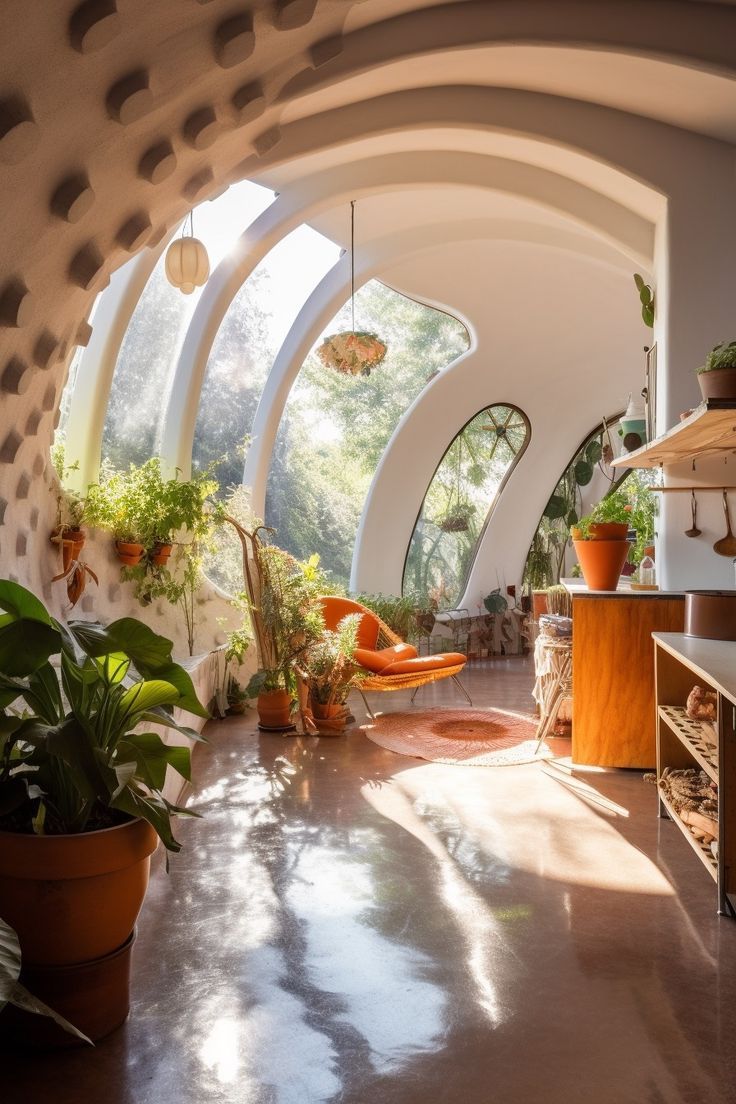
Sustainable home design focuses on creating living spaces that are environmentally friendly, energy efficient, and healthy for both occupants and the planet. This approach involves incorporating renewable energy sources, such as solar panels and geothermal heating, to reduce reliance on fossil fuels and lower utility bills. It also emphasizes using non-toxic, eco-friendly materials in construction to improve indoor air quality and reduce waste. Additionally, sustainable home design promotes water conservation through the use of low-flow fixtures and greywater recycling systems. By considering factors like site orientation, natural lighting, and insulation, sustainable homes are designed to maximize energy efficiency and minimize environmental impact. Overall, sustainable home design represents a holistic approach to residential architecture that addresses the interconnected challenges of climate change, resource depletion, and human health, creating homes that are not only beautiful and comfortable but also contribute to a more sustainable future.
Sustainable home design has become increasingly popular in recent years as more people seek ways to reduce their environmental impact and create healthier living spaces. By incorporating eco-friendly materials, energy-efficient appliances, and passive design principles, homeowners can significantly decrease their carbon footprint and lower their energy bills. Improved insulation, solar panels, and greywater recycling systems are just a few examples of sustainable features that can be integrated into a home to promote a more environmentally conscious lifestyle.
In addition to being better for the planet, sustainable home design can also offer numerous benefits to homeowners themselves. By utilizing materials that are non-toxic and hypoallergenic, individuals can create a healthier indoor environment that reduces the risk of respiratory problems and allergies. Additionally, features such as natural lighting and proper ventilation can enhance overall comfort and well-being. Investing in sustainable home design not only saves money on utility bills in the long run but also adds value to the property should homeowners decide to sell in the future.
When it comes to sustainable home design, every little effort counts. Simple changes such as switching to energy-efficient lightbulbs, installing a programmable thermostat, or using low-flow fixtures can make a big difference in reducing energy consumption and decreasing waste. Furthermore, incorporating green building materials, such as reclaimed wood, bamboo flooring, or recycled glass countertops, can help reduce the demand for new resources and minimize the impact of construction on the environment. By making conscious choices about the materials and systems used in a home, individuals can create a space that is not only beautiful and functional but also sustainable for generations to come.
 home decor trends
home decor trends



